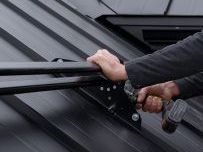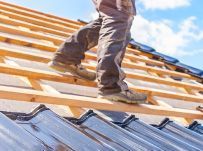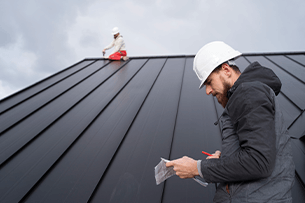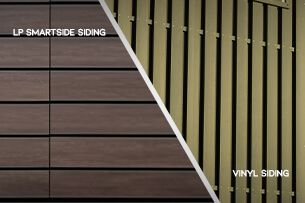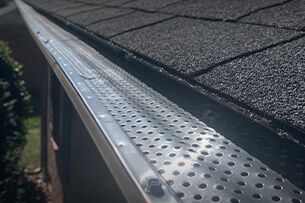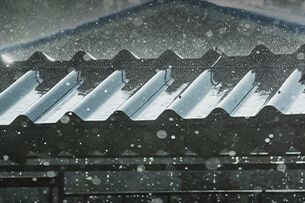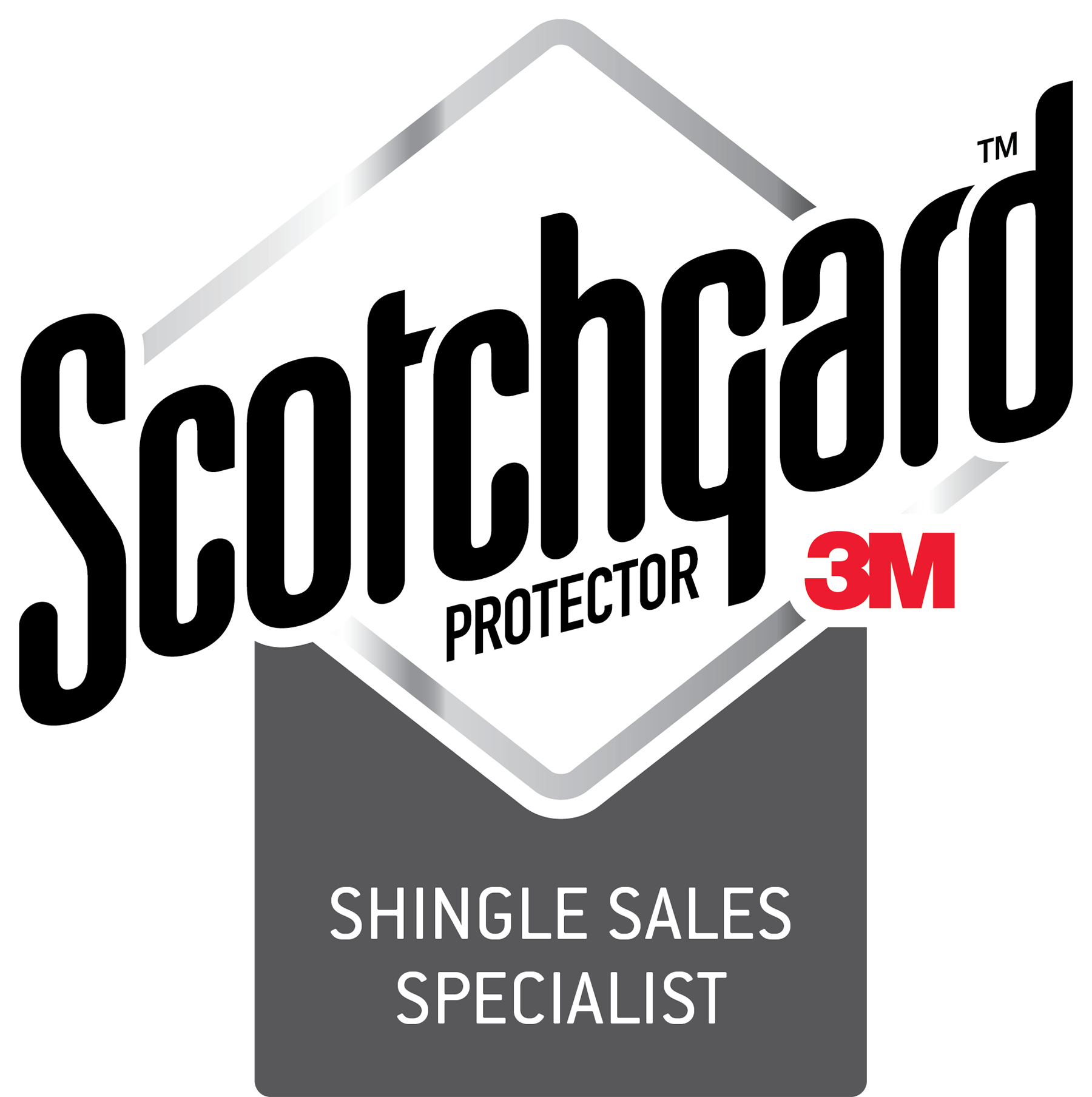How To Deice Your Roof
What are ice dams and how are they formed?
How will that affect my roof?
How do I de-ice my roof?
- Snow rakes: A snow rake, also known as a roof rake, is a shovel designed to scrape snow off your roof manually. If you’re willing to, you can step out with caution to scrape off the snow and icy crusts after a big snowfall. It is a physically intensive process that may need to be done repeatedly throughout the snowfall so as to not let the snow accumulate.
- Ice picks: The age-old method of de-icing a roof is to use an ice pick. It is also a pretty labor-intensive process and should only be done after taking safety measures. Make sure you place your ladder against a solid surface like a wall. Have another person assist you to make sure your ladder stays stable. Wear your safety goggles and using a gloved hand, reach into the gutters where the ice dam has built up and use moderate force to pick the ice. After patiently chipping, some pieces eventually split, crack, and fall away. Ice picks are incredibly sharp and can damage your roof if you’re not careful.
- Ice melter liquids: Ice melter liquids or de-icing chemicals work wonders to melt off the ice dams. A quick trip to the hardware store and you will find the products you need. However, it is important to be aware of the components in these chemical liquid deicers to avoid damaging your roof. Though low-investment-high-returns products are very tempting, they are damaging and corrosive to the roof as well as the environment. They should not be used on your roof. Invest in a good chemical deicer to ensure the long-term health of your roof and roof system. Avoid liquid deicers with Sodium Chloride and Calcium Chloride in their compositions. Based on need, you can invest in rocky deicers, or finer powdery deicers, or liquid deicers. Basswood Roofing provides services ranging from ice dam removal to ice melter for driveway to roof snow removal services and winter roof repair.
- DIY de-icers: Popular on the internet, DIY deicers using various components commonly found at home are thrown together and sprayed on the roof, in hopes of melting the ice dams away. Tempting as they may be, DIY deicers tend to yield short-term relief and long-term damage to the roof, unless you are aware of the composition of the products used and know what is to be done. Do not try DIY deicers before doing some research about suitable elements for your roof type.

